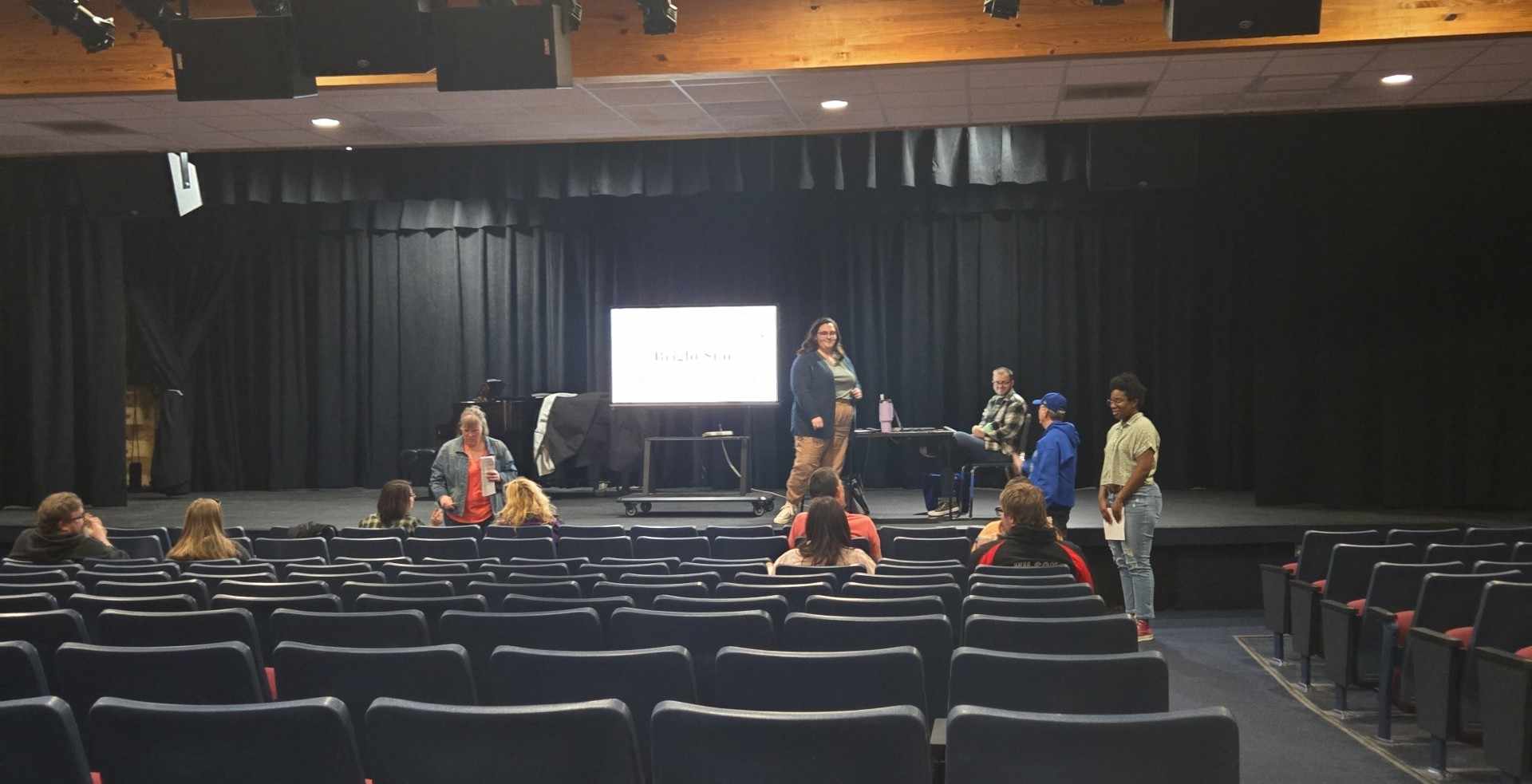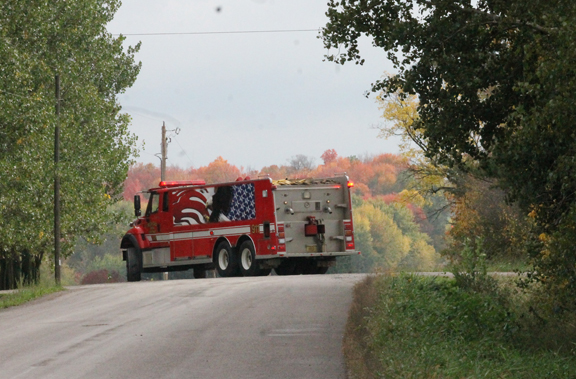Help wildlife along with the state’s native plants
Now is the time to start planning native landscaping to help birds, pollinators and other wildlife next year. Adding just a few native plants can not only help provide food and shelter for pollinators, birds and other wildlife, but can increase chances of watching wildlife.
Rain gardens with specialized native wetland plants, can also help handle stormwater on a property and help keep lakes, rivers and groundwater clean.
“Late fall and winter, are a good time to get started planning for your native landscaping next year,” said Amy Staffen, DNR conservation biologist. “Planting seeds in later fall or winter, including on top of the snow, will help them have a higher germination rate come spring,” Staffen said. “Ordering native plants or seeds now, will give you the greatest selection to help meet your landscaping goals.”
Native plants that evolved in Wisconsin, have by far, a greater ability to fuel life up the food chain, than non-native plants like ornamental trees and flowers, which are common in many yards. That’s because native plants have evolved along with the insects that eat them and the insects are better able to digest the native plants.
Providing more native habitat for birds is particularly important. A landmark 2019 study by seven leading bird conservation organizations, including the Smithsonian Migratory Bird Center and Cornell University’s Lab of Ornithology, confirmed a nearly 30 percent loss in the number of breeding birds in North America, since 1970.
It’s not just birds. Steep declines over the past 20 years, in the eastern and western U.S. monarch butterfly populations, and populations of many pollinators and other insects, have put a premium on adding habitat to private land, which constitutes 85 percent of Wisconsin’s 34.8 million land acres.



